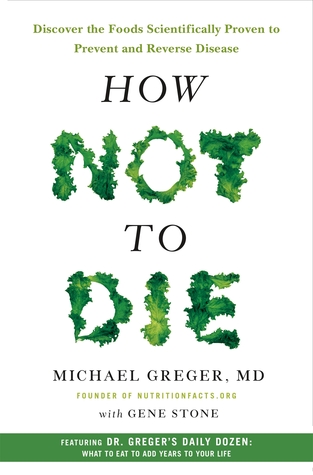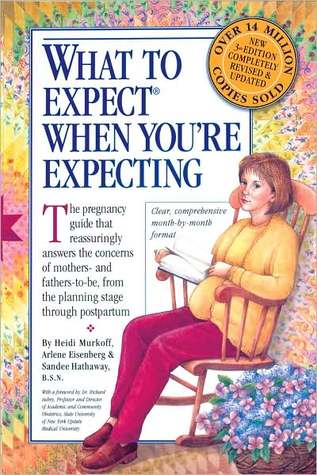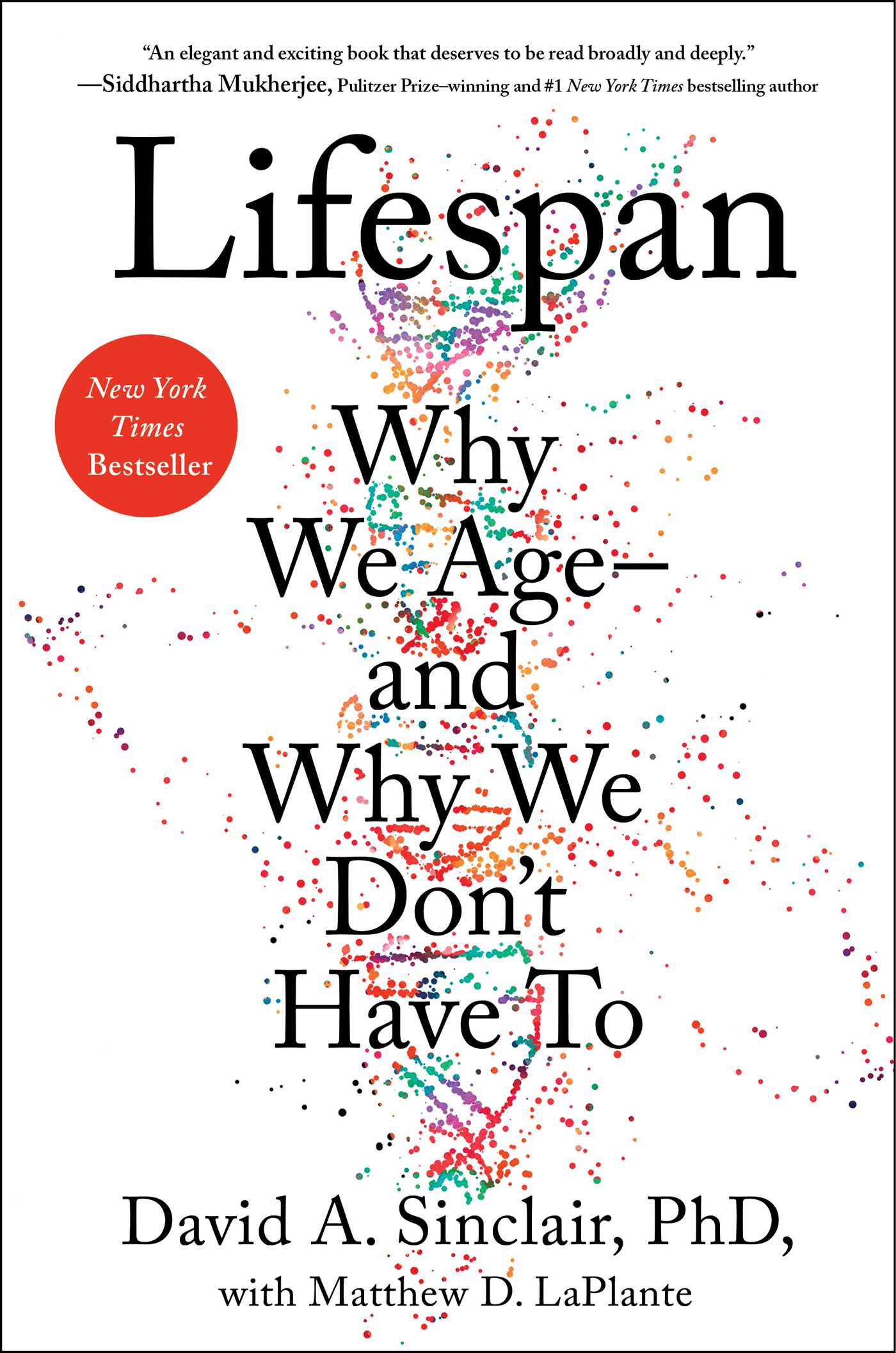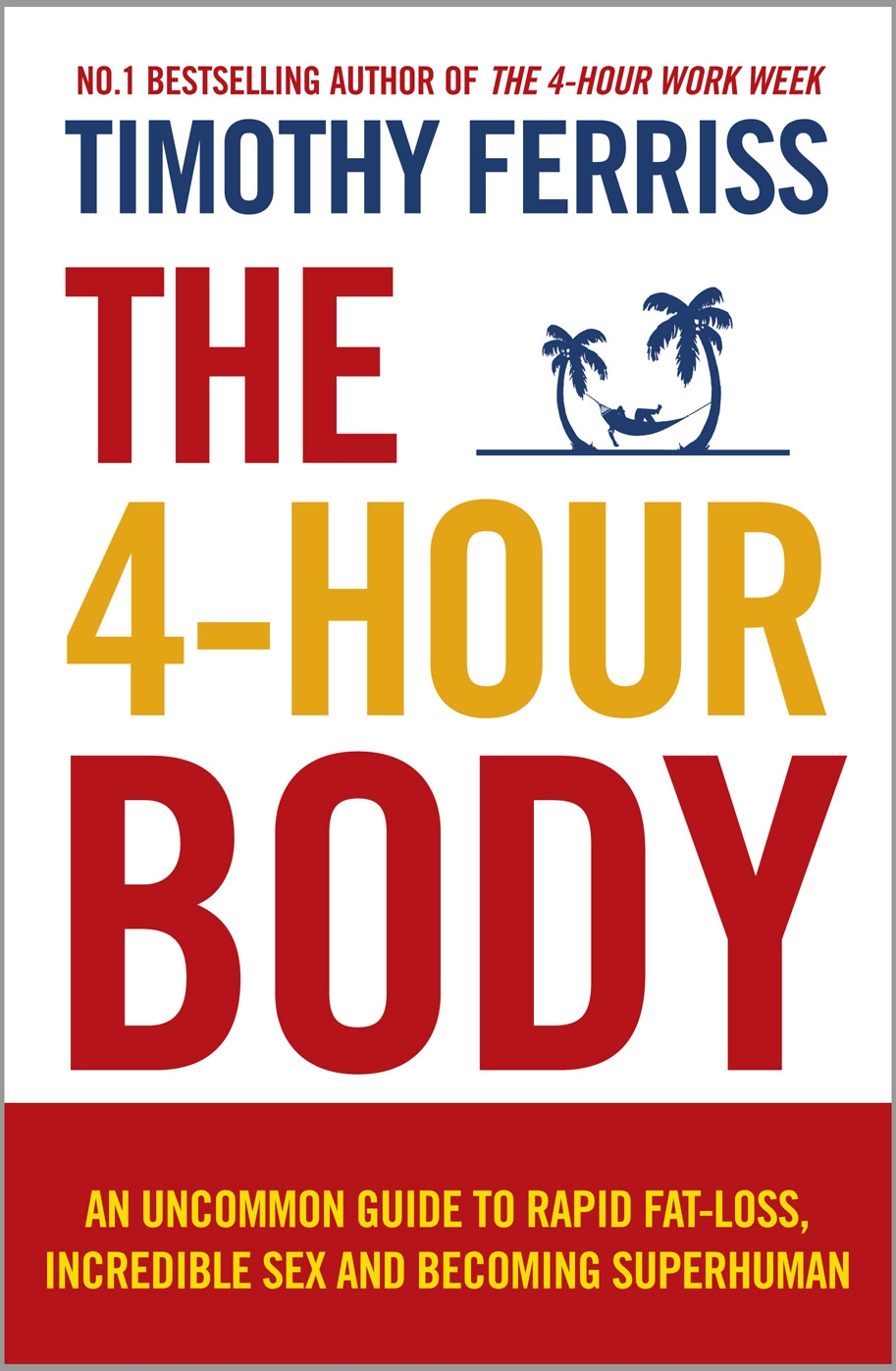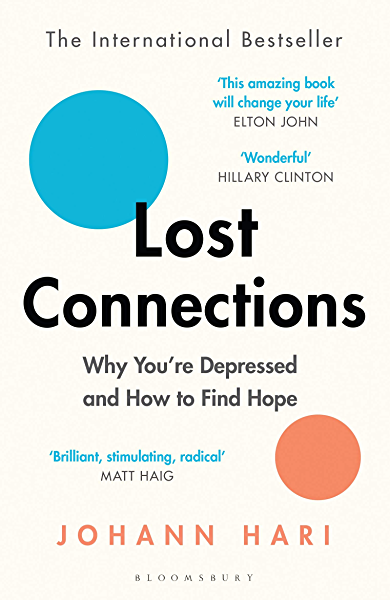Unconventional Medicine
by Chris Kresser
- Health
- Ashto =
- Jonesy =
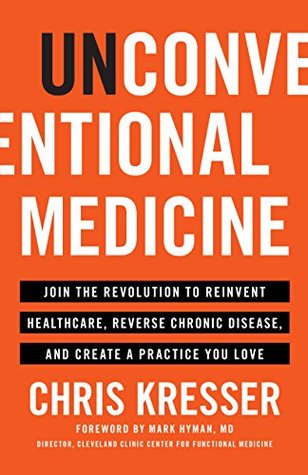
Unconventional Medicine – by Chris Kresser
There is so much information out there in the world of health, diet, and lifestyle, but obesity rates in the western world are higher than ever (and rising!). With that brings a lot of chronic diseases that are reducing our quality of life, but are completely preventable. Unconventional Medicine shows us all a new way forward: a healthcare revolution.
‘Join the revolution to reinvent health care, reverse chronic disease, and create a practice you love’
Check out our Top 50 Book of All Time: www.whatyouwilllearn.com/top50
Unconventional Medicine (dot point) Summary
Join the revolution to reinvent healthcare, reverse chronic disease and create a practice you love
Part 1 – The promise
- Functional medicine – is a comprehensive theoretical framework for medicine that incorporates a modern understanding of the body as a complex adaptive system, an integrated biological ecosystem, an interdependent web like network of biological functions
- Conventional medicine make diagnosis based on symptoms
Ch1 – Leos story a call to action
Leo – told by Kresser
Ch2 – from bandaids to true healing
Trying to design a healthcare system that
- Prevents and reverses chronic disease, instead of managing it
- Offers inspiring , meaningful and rewarding work to doctors and other practitioners
- Uses health coaches, nutritionists and other allied providers to support patients in making lasting diet, lifestyle and behavioural changes
- Reduces the cost of healthcare for governments, organisations and individuals
- Most people don’t realise
- the sheer scale and urgency of the crises we’re facing
We have reached an inflection point where we cannot afford to not act on a massive scale
- The action must not come out of the same system that caused the problems in the first place
Expert model – telling the patient what to do, and expecting her to follow through
ADAPT Framework – Chris Model
- Means adaptation
- Our genetic code is hard wired for a specific environment
- When that environment changes faster than our genes evolve, a mismatch occurs
- This mismatch is the primary driver for chronic disease
- The term also suggests that medicine needs to adapt to the 20th century
- Our model for delivering care also needs to adapt
Clients are spending less time with their patients than ever, workers are finding less meaning
Ch3 – if not now, when? If not you, who?
Part 2 – the problem
Ch4 – chronic disease – slow motion plague
- Conventional method has a long list of achievements
- Antibiotics revolutionised the treatment of infections from trauma, injuries and bacterial and parasitic pathogens
- Anesthesia made it possible to perform surgery without the shear agony
- Antisepsis (creation of sterile surgical equipment) greatly increased rates of survival from procedures
- Collectively, these advances led to a dramatic increase in lifespan in the industrial world
- If you were born in 1900, likely to be dead by 50
- Today you can expect to live to 78
- In our lifetime we are likely to see bionic eyes that allow the blind to see, to electronic defibrillators planted in the brain to stop seizures
- To precision treatments that kill cancerous cells without harming healthy cells
- To robots that perform procedures safely
- There is every reason to celebrate these advances, but also recognise the other side of the coin
- There is a meteoric increase in chronic disease that has dramatic effects on our health, our quality of life and even our lifespan
A longer life but with poorer health
- It is wonderful our lifespans have increased, but if we spend the final years – or even decades of that longer life suffereing not just one, but multiple chronic diseases, is this something to be proud of?
Situation for children
- 27% of children now suffer from chronic disease
- Up from 13% in 1994
The sneaky rise of chronic disease
- If you look at family photographs of those in the 50/60s, you will notice obesity was rare
- You might be surprised just because we have come used to a population where 2/3 people are obese
Chronic Disease facts
- 1 in 2 Americans have chronic disease, and 1 in 4 has multiple chronic diseases
- Chronic disease causes 7/10 deaths in the US and accounts for 86% of healthcare expenditures and 99% of medicare dollars
- 91% of prescriptions and 76% of physician visits
- The US spends 3.2 trillion on it, about 18% of GDP
- 10K for every man and woman and child in Americ
- Number of deaths from Alzheimers has increased 89% since 2000
- Kills more people than cancer and prostate combined
Ch5 – 3 reasons US healthcare is destined to fail
Misaligned incentives – In the US they rely on insurance companies to pay for care
Goals of insurance companies are not aligned with patient needs, nor with doctors needs
Insurance companies profit when healthcare expenditures grow
Big pharma influence – Like insurance companies, pharmaceutical companies wield enormous influence in the medical industry and are usually motivated by factors others than omptimising care
- Goals of pharma is to make money
Bias in medical research – 2/3 of medical research is sponsored by pharmaceutical companies and conflicts of interest, groupthink, and a failure to replicate many findings undermine the credibility of the studies that form the edifice of our current medical paradigm
Broken payment models – Because we rely on insurance companies, the treatments offered are not necessarily the most effective
Why is it doomed to fail
- Our modern diet and lifestyle are out of alignment with out genes
- On a football field that represents human history, 99.5 yards out of 100 represent our time as hunter gatherers
- The last 0.5 yards represents the time since the agriculture was developed
- The industrial revolution only came on in the last few inches
Diet
The top 6 foods in the American diet today is:
- Grain based desserts
- Bread
- Sugar sweetened beverages
- Pizza
- Alchohol
- Chicken (primarily fried like chicken nuggets)
- We went from a diet naturally anti-inflammatory, high in nutrients and low in calories, to one that is pro-inflammatory, low in nutrients and high in calories
Lifestyle
- There is a mismatch between our evolutionary history and our modern environment
- For example, all organisms evolved with a natural 24 hour light dark cycle on the planet
- Only in the last 100 years have we had the acpacity to be exposed to bright, artificial light at times when the sun wasn’t shining
- We take advantages to extra activity at night, but doing so disrupts our circadian rhythm.
- Every cell in our body is regulated with a natrual light dark cycle
- When we change our bodies suffer
- It use to happen like waking up as sun light hits our eyeballs and our cortisol levels rise, telling us it is time to get up
- When the sun sets and darkness falls, melatonin levels rise telling us it is time to go to sleep
- What happens when you play with your ipad before bed?
- The blue light, which is like the spectrum of sunlight hits your eyes
- This tells your body the ‘wake up’ message
Solutions
- Do not use electronic devices before you go to sleep
- Avoid shift work
- Expose yourself to bright sunlight before work
- Just a week of camping can reset our circadium rhythm
Behaviour
- From an evolutionary perspective, our ancestors moved all of the time
- On average they walked 10,000 steps per day
- They didn’t sit for long periods and they stood for more than half the day
- In between they cahsed prey, ran from predators and built things
Our environments have changed, but our behaviours have not
- We are programmed to seek out calorie dense highly rewarding foods
- Eating potato chips is rewarding but makes us want to eat more
- Eating a plain baked potato will satisfy hunger but isn’t that rewarding
Our brains are programmed to help us survive in an environment of food scarcity
- The wrong medical paradigm for chronic disease
- Our current medical paradigm is based on managing disease and supressing symptoms than on reversing disease, promoting health
- Conventional medicine is structured to address trauma, acute infection, and end of life care , not to keep people healthy
- Our healthcare paradigm evolved when top 3 causes of death were acute, typhoid, tuberculosis and pneumonia
- You visited the doc for an accute issue
- Todays patient has multiple problems, sees multiple doctors, and requires multiple treatments that go on for years and not decades
- In a 10 minute appointment, there isn’t enough time to thoroughly investigate all the possible causes of a patients chronic disease
- Instead, doctors only have enough time to describe symptoms and prescribe drugs
- A healthcare model that doesn’t support preventing and reversing disease
- In USA there will be a shortage of 52,000 primary healthcare providers by 2025
- Most of them don’t have the training time or support, anyway to support people in making the lasting behavioural changes needed
- Doctors arent trained to work collaboratively with their patients. This is reflected in the fact that patients get to speak for only 12 seconds before being interrupted with advice from their physician
Part 3 – the solution
Ch7 – the new model: the adapt framework
ADAPT has 3 elements
- Functional medicine preventing and reversing, rather than simply managing chronic disease
- An ancestral diet and lifestyle which reflects the recognition that we are evolutionary mismatched to our environment
- A collaborative practice model – which offerns clinicians the structure that better supports delivering functional medicine and ancestral diet, lifestyle and behaviour interventions
Ch8 – the paradigm shift – functional medicine as true healthcare
- Imagine youre in a boat and the boat is leaking. You can bail water from the boat to make it sink more slowly. But if the leaks are still there youll have limited success
- Conventional medicine is mostly about trying to bail the water out of the boath without fixing the leaks
Root cause
- Functional medicine seeks to get to the bottom of things, it looks for the underlying cause of disease
- Conventional medicine on the other hand is around suppressing symptoms with drugs and surgery
The functional systems model
The exposome, genome &epigenome
- Our genes themselves and the way our genes express themselves over time
- It encompases our behaviour, enviornment, diet, lifestyle, air and water quality, toxins, social environment, family environment and so on
- The functional method holds that any progress in a patients health must start here at the core
Pathologies
- Pathologies are underlying mechanisms that give rise to disease and syndromes
- For examble, IBS. Genetic disposition combines with environmental influences (such as poor diet, stress, sleep deprivation, exposure to toxins) which in turn affect gene expression
- These interatctions lead to pathological mechanisms – such as gut infections, parasites or bacterial infections
- Pathologies are found in the formulation of many diseases
- Insulin resistance and inflammation are two of the pathologies that give rise to type 2 diabetes
- At the core of functional medicine systems model lies the relationship between the exposome, genes, and genetic expression, the next ring out concerns the pathologies that rise out of that core relationship
Diseases and syndromes
- A disease is defined as a disorder of structure and function that produces specific signs and symptoms
- Some examples, type 2 diabetes, alzheimers disease, celiac disease, arthritus
- A syndrome is a group of signs or symptoms that consistently occur altogether or a condition characterized by a set of associated symptoms
Signs and symptoms
- Next circle
- Indication of disease or syndrome that can be observed during a physical examination or laboratory testing
- Signs examples might include high blood pressure, high blood sugar
- Symptom examples might include subjective expereinces, like increased thirst/hunger, blurred vision, fatigue
Cholesterol
- If a doctor measures Dorothys cholesterol and tells her you have high cholesterol, the doctor is describing a sign
- In conventional medicine they more often see this as the disease itself
- In the functional model, we see this as Dorothy is eating a diet that interacts badly with her genes, that will lead to a pathology – in this case that might be the improper clearance of cholesterol carrying lipoproteins from the blood
- This leads to high cholesterol
conventional
- Pharmaceuticals are the primary treatment for almost 90% of chronic conditions
- At any moment, 50% of american adults are taking at least 1 prescription drug
- Almost a third of adults take 2 or more drugs
- Almost 30% of teens are now on prescription drugs
- 20% of young children are on a prescriptive drug
- Conventional medicine is not truly healthcare, it is disease management
Patient centred vs doctor centred
- Functional believes if patients want to overcome chronic disease, they must shift their behaviour
- Conventional says the doctor has the answers and the patient passively recieves the expertise
- For conventional, two patients with the same condition are going to receive the same treatment
Cost vs savings
- Functional is not covered by insurance
- Conevnitonal is heavily subsidised by the insurance model
- Functional medicine is much more affordable without the subsidies, as it focuses on preventing disease rather than managing it
- For Type 2 diabetes, it costs 14K USD a year to care for a patient
- This costs more than 500K for his lifetime
Ch9 – realignment matching our enviornment with our genes
Deconstructing paleo
- Some critics point out it is flawed because our Paleoithic ancestors did not eat one diet
- This is true, to an extent
- Yet they had far more commonalities, rather than differences
- Not one of them ate Caramel Crunch Frappucinos, twinkies or twizzlers, modern processed refined and sugar filled foods like are out their today
- Every hunter gatherer diet included some combination of unprocessed unrefined foods, meat, fish, fruits and vegetables, nuts and seeds, starchy tubers and roots , and in some cases small amounts of legumes and perhaps whole grains
Ch11 – regarding evidence
- Many people say conventional medicine and functional is not
- There have been occasions where researcher falsified lab test to hide a patients impaired kidney and liver function comparing two chemotherapy reginmes
- The first one proved fatal to the patient and the researcher was sent to prison
- Not one of the studies , despite the court documents reported the falsification of data, the fraud or homicide
- For a bunch of studies still published , they tried to replicate results of peer reviewed studies with same conditions
- They found that 75% of them could not be reproduced!!
- Another study of cancer research found that only 11% of pre clinical cancer research could be reproduced!!!
Part 4 – the vision
Part 5 – the transition
- All truths pass through 3 stages
- First it is ridiculed
- Violently opposed
- Accepted as self evident




